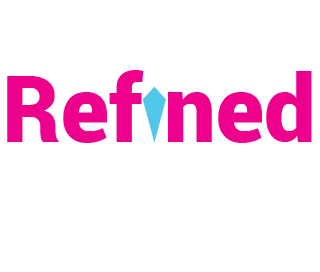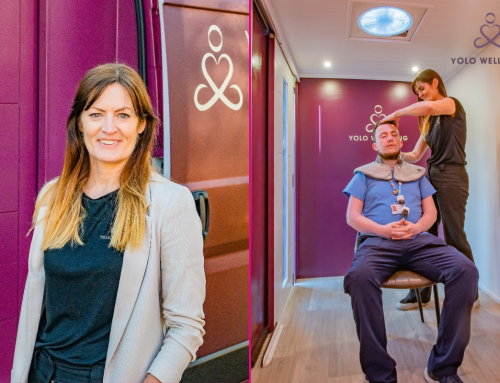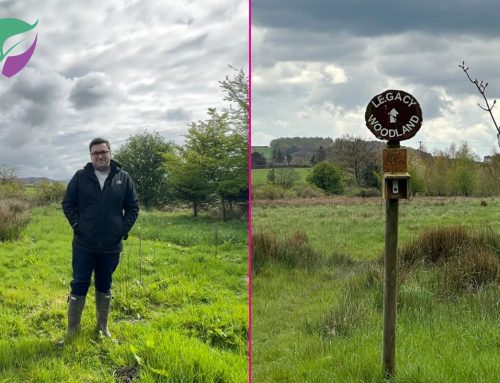9 Steps to Event and Tradeshow Exhibit Success

With the days of solely virtual events long gone, businesses are back out in front of their buyers, walking the floor of events and showcasing at tradeshow exhibits.
In-person events are a great way to connect with your industry, retain customers and generate business. The Refined team has brought together nine things for you to consider when planning for your event or tradeshow. Plus, we’ve also put together a free download event checklist that can be used to help support your business goals.
Download the checklist and make notes as you read on.
Exhibition and event planning basics
Underpinning any marketing effort for your business should be your clear brand message. Your audience needs to hear a consistent story from your brand – one that explains why they would choose to engage with your business.
We encourage you to align with your business strategy and set measurable goals such as the number of attendees, follow-up meetings and new business leads from the event. Agreeing and making a plan at the start will help you measure your return on investment (ROI) after the event, subsequently supporting your strategy, especially if you choose to repeat the event in the future.
Here are our nine steps to event or tradeshow exhibit success:
1. Research
Research is absolutely essential in every aspect of event planning.
Knowing your market area is especially important when it comes to tradeshows, ensuring that your event is on-trend with the interests of the industry. Your research will pave the road to staying on budget and ensuring your event is a successful one.
2. Assign an events team
Internal onboarding helps for an event to be successful. By choosing the right team to support the event, you will encourage others to get involved. The team may only be one or two people, but they play in an important role in the success of the event or tradeshow exhibit.
3. Event goal and objectives
It’s important to establish a tangible goal for your event as well as some objectives you want to achieve – this will help when reviewing the ROI for the event. Consider questions such as:
- Why are you planning on attending this event?
- What is your USP – have we communicated this through our materials?
Once you have set your goals, you need to consider what you need to do to achieve those goals – for example, handing out 300 promotional items, or connecting with others and booking in 15 meetings.
4. Budget
Define an agreed budget from the start, which aligns with your marketing plan; this will make decision making a lot easier!
5. Create a timeline
Once your date is set, you can start putting the timeline together. Like any project, an event has deadlines to adhere to.
A few items you may include are: collateral printing, a communication plan, decision making for catering, and a cut-off date for promotions.
6. Planning your stand
Dust off your pop-up banners and unbox those old handouts – do they still represent your brand and your messaging? It’s important that your materials align with with your brand identity.
What will your stand look like?
- What banners do you have?
- Do you have displays to hold your flyers/brochures?
- How many tables do you need?
- Have you considered a branded tablecloth?
How will you collect data?
- Run a competition
- Exclusive discount offers
- Drop the business card in a box
7. Giveaways and handouts
It’s no secret that everyone loves a cheeky freebie! Whether it be branded stationary or sweet treats, promotional items are a way to bring people to your stand. Consider what you will be giving out to the passers-by to attract attention.
Flyers, brochures, whitepapers, postcards
- Are they on brand?
- Do they have a call to action to generate leads?
- Consider a QR code within the content to navigate to your website.
Are you giving away sweets, promo items?
- Do they need to be of a brand colour?
- What container will they be in?
8. Promote your event
When promoting your event, it’s important to stage your communication over a few weeks to entice your attendees and keep them interested, while also not overwhelming them. Your communications may include a nurture email campaign, with agenda descriptions, an introduction to the key speaker, and a designated landing page on your website with a countdown.
Remember to tie in your social media platforms to widen your reach.
9. Follow up and evaluation
The work doesn’t stop once the event finishes!
After the event, aim to follow a robust communications plan. The days following the event are the most important for business generation. Your attendees have you fresh in their minds; they are excited and want to learn more. Carry on the conversation and arrange an appointment with the attendee.
Creating some added value content after the event also works well to keep the attendee hooked. This could include an unseen resource relevant to the event which the attendee will appreciate. The one big mistake is to do nothing!
If you need help to plan a successful event or tradeshow exhibit, then please get in touch – our team are waiting to hear from you – letstalk@refinedmarketing.co.uk






Leave a Reply